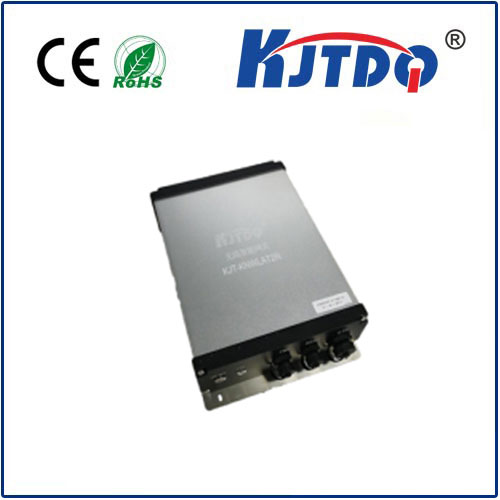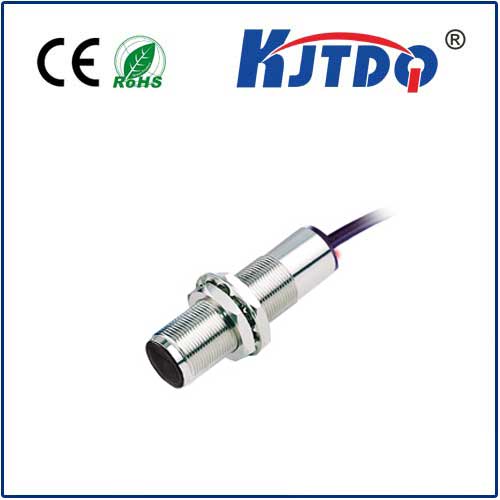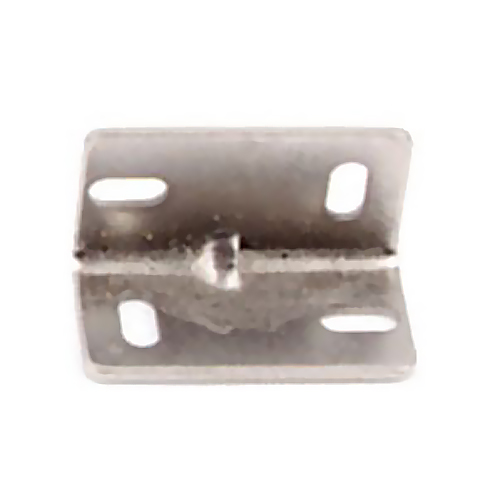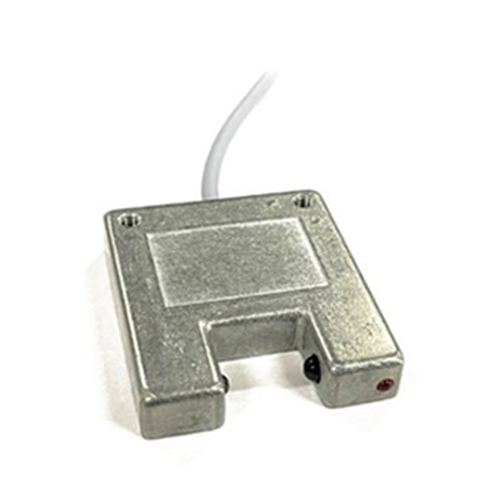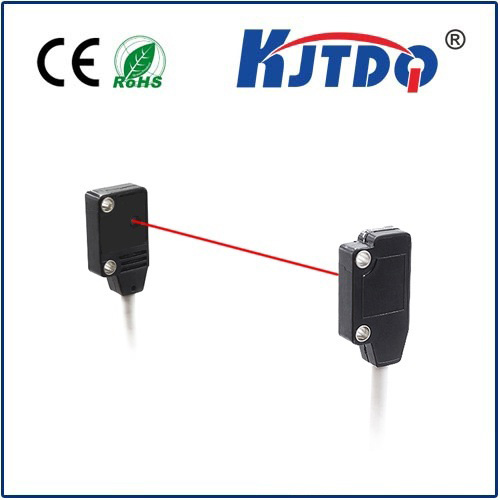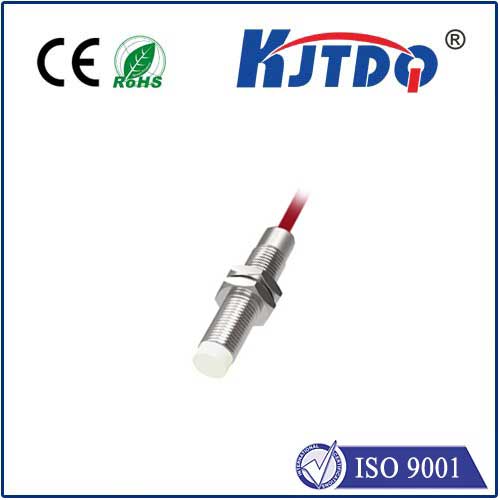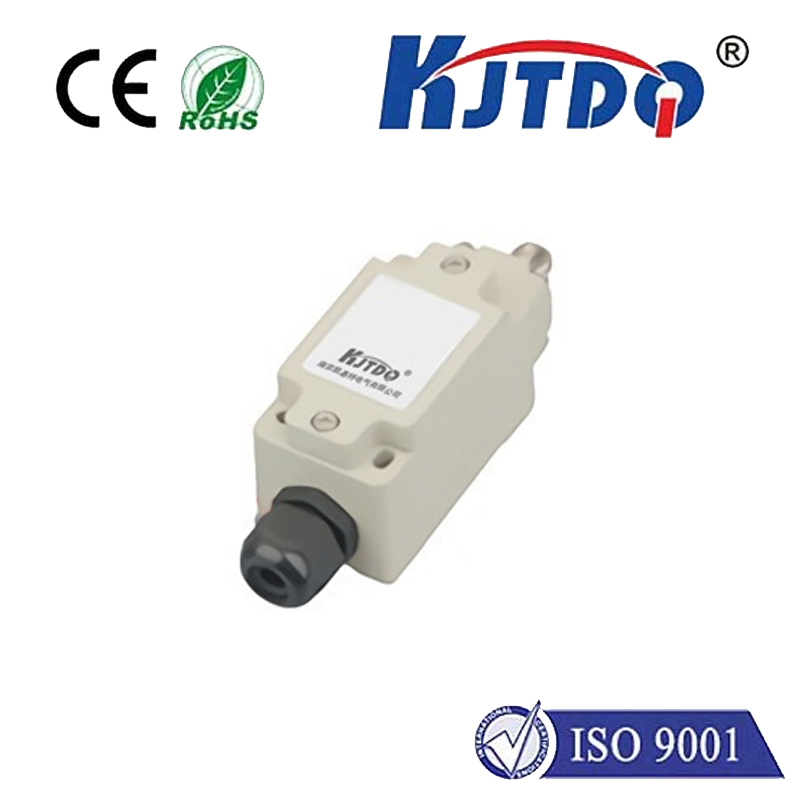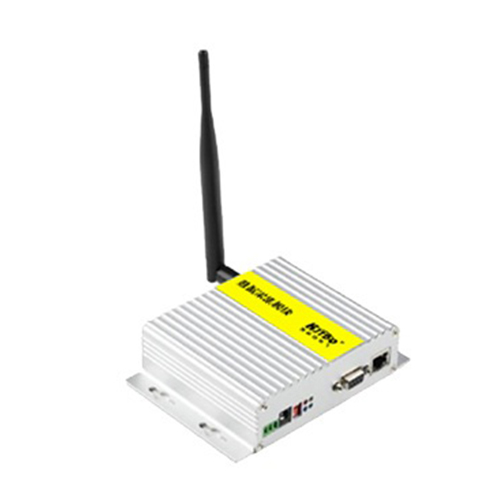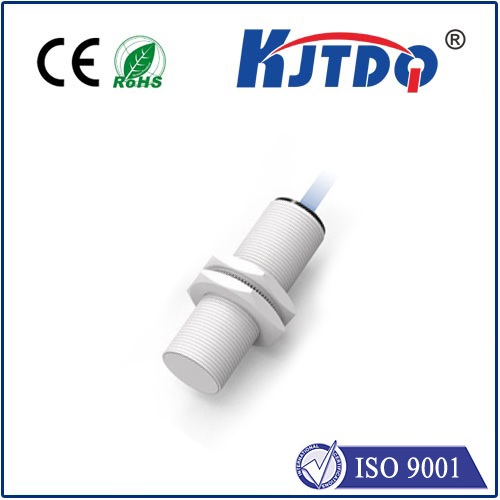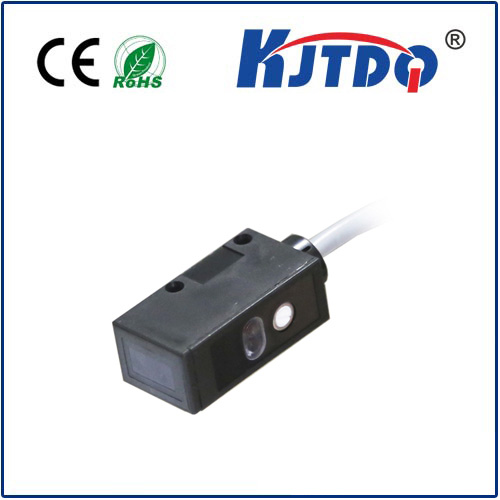safety proximity switch
- time:2025-06-13 00:12:07
- Нажмите:0
Safety Proximity Switches: The Silent Guardians of Industrial Safety
Industrial environments pulse with energy, power, and inherent risks. Where heavy machinery interacts with humans and automation systems, a single misstep can have catastrophic consequences. Enter the Safety Proximity Switch – a critical, often unsung component in the robust safety infrastructure protecting personnel, processes, and capital investment. These aren’t your standard sensors; they are specifically engineered and certified fortifications within a machine’s safety architecture.
What Exactly is a Safety Proximity Switch?
At its core, a safety proximity switch performs the fundamental task of detecting the presence or absence of an object without physical contact, typically using inductive, capacitive, or magnetic principles. However, its designation as a “safety” component elevates its importance far beyond simple detection. Key differentiators include:
- Functional Safety Design: Engineered with redundancy (e.g., dual channels), self-monitoring features, and robust construction to achieve high Safety Integrity Levels (SIL) as defined by standards like IEC 61508/IEC 62061 or Performance Levels (PL) per ISO 13849. This design ensures reliably safe behavior even if an internal fault occurs.
- Diagnostic Capabilities: Continuous self-checks monitor internal health and signal integrity, providing immediate feedback if a fault (like a wire break or internal short) is detected. This diagnostic coverage is essential for fail-safe operation.
- Positive Driven Operation: Output contacts are designed to force open upon de-energization or detection of a safety event, preventing dangerous machine states. This contrasts with potentially unsafe “closed on de-energization” designs.
- Enhanced Environmental Resistance: Built to withstand harsh industrial environments – featuring high IP ratings (e.g., IP67, IP69K) for dust and water ingress protection, resistance to vibration, shock, chemicals, and extreme temperatures. Robust stainless steel housings are common.
- Defined Failure Modes: Designed so that potential failures lead to a safe state (e.g., machine shutdown) rather than an undetected dangerous state. Fail-Safe is the mantra.
How Do Safety Proximity Switches Work? (Inductive Example)

One of the most common types is the inductive safety proximity switch. Here’s a simplified look:
- The sensor head generates a high-frequency oscillating electromagnetic field.
- When a metallic target (e.g., a machine guard, robot arm, or pallet) enters this field, eddy currents are induced within the target.
- These eddy currents draw energy from the sensor’s oscillator circuit, causing a measurable damping or amplitude reduction.
- The sensor’s internal safety-rated electronics evaluate this change. Crucially, it employs redundant evaluation channels and performs continuous self-diagnostics.
- If the target is reliably detected and all internal diagnostics pass, the safety output (often a relay or OSSD - Output Signal Switching Device) is active, typically sending a “safe” signal (e.g., 24V DC).
- If the target moves out of range, or if an internal fault is detected (like a short circuit, wire break, or component failure), the safety outputs forcibly switch off (0V DC), signaling the machine’s safety controller to initiate a controlled stop or shutdown. This defined reaction is vital.
Applications: Where These Guardians Are Essential
Safety proximity switches are ubiquitous in scenarios demanding high-reliability presence detection for safety functions:
- Machine Guarding: Monitoring the closed and locked position of safety doors, gates, or movable guards. Access is only permitted when the guard is securely latched and the safety proximity sensor confirms its position.
- Position Verification: Ensuring robotic arms, slides, clamps, or presses are in a verified safe position (retracted, open, parked) before allowing automatic cycle start or personnel access.
- End-of-Stroke Monitoring: Confirming cylinders have fully retracted or extended to their designated safe positions.
- Перевозка материалов: Detecting pallets, carriers, or workpieces in automated systems to prevent collisions or unsafe movements.
- Elevator and Lift Safety: Verifying door closure and car position. Safety Light Curtains, often incorporating safety proximity sensor principles, protect access points.
Choosing the Right Safety Proximity Switch: Key Considerations
Selecting the appropriate component is critical:
- Required Safety Level (SIL/PL): Match the switch’s certified performance level to the risk assessment of the application.
- Sensing Principle & Range: Choose inductive (metallic targets), capacitive (non-metallic targets, liquids), magnetic (magnetic targets), or specialized variants based on the target material and required detection distance (switching distance).
- Environmental Conditions: Select appropriate IP ratings, temperature ranges, and housing materials (stainless steel for harsh environments).
- Output Type: OSSDs (solid-state) for high-speed applications and diagnostics, or safety relays for isolation.
- Connection Method: Cable outlet or connector types suitable for the installation.
- Diagnostic Features: Ensure the diagnostic capabilities meet the safety control system’s requirements. High diagnostic coverage enhances overall safety availability.
- Certifications: Look for relevant certifications like UL, CSA, ATEX/IECEx (for hazardous areas), TÜV, etc.
Beyond the Switch: Integration is Key
It’s vital to remember that a safety proximity switch, while robust and intelligent, is only one link in the safety chain. Its effectiveness depends entirely on correct:
- Integration with a validated safety controller (PLC) or safety relay.
- Монтаж проводов according to strict safety standards and manufacturer specifications.
- Programming of safety logic functions within the controller.
- Validation & Verification of the entire safety function after installation and periodically during operation.
- Regular maintenance and testing as mandated by safety standards and risk assessments.
The Indispensable Role
Safety proximity switches are far more than simple sensors. They are sophisticated, fail-safe, self-diagnosing components engineered to prevent accidents and uphold the highest standards of machinery safety. By providing reliable, non-contact detection of critical machine states and positions, and crucially, ensuring the signal integrity is maintained through redundant channels and constant self-monitoring, they form an indispensable layer of protection. In the complex dance of modern automation and human interaction, safety proximity switches are the silent, vigilant guards ensuring the show goes on – safely. Selecting, installing, and maintaining them correctly is not just good practice; it’s fundamental to responsible operation and the well-being of personnel.

